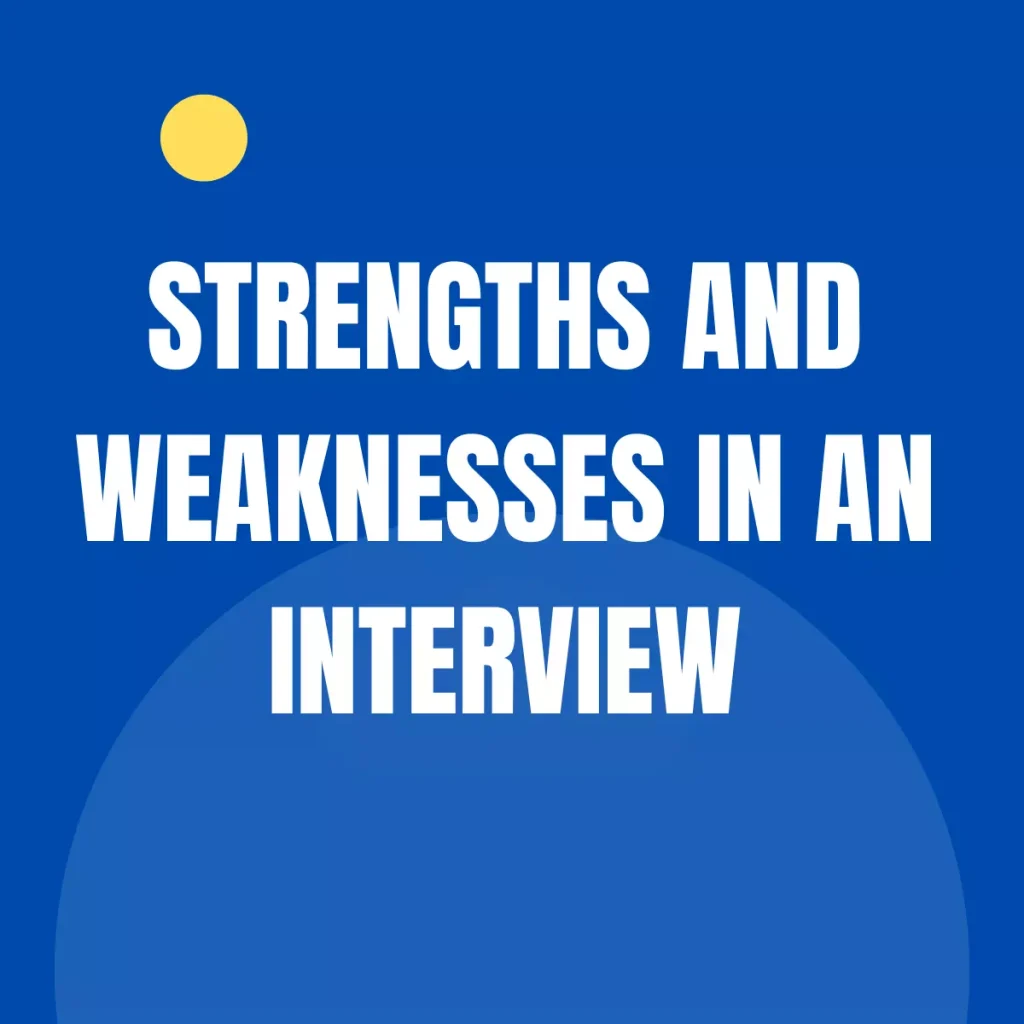The Art of Resume Storytelling: Engage Employers with Your Narrative
In today’s competitive job market, it’s essential to stand out from the crowd when applying for a job. And one powerful way to do that is through the art of resume storytelling. Gone are the days of simply listing your skills and experience on a piece of paper. Employers want to know more about your journey, your achievements, and your unique value proposition. By crafting a compelling narrative within your resume, you can capture the attention of employers and increase your chances of landing your dream job.
FAQs about The Art of Resume Storytelling: Engage Employers with Your Narrative
1. What is resume storytelling?
Resume storytelling is the practice of using storytelling techniques to engage employers and present your skills, experience, and achievements in a compelling and memorable way.
2. Why is resume storytelling important?
Resume storytelling is important because it allows you to showcase your personality, strengths, and accomplishments in a way that captures the attention of employers and sets you apart from other candidates.
3. How can I incorporate storytelling into my resume?
You can incorporate storytelling into your resume by using a narrative structure, highlighting key achievements with compelling details, and demonstrating your skills through specific examples.
4. What should I include in my resume narrative?
Your resume narrative should include a brief overview of your background, a description of your skills and experience, and specific examples of your achievements and impact in your previous roles.
5. How long should my resume narrative be?
Your resume narrative should be concise and to the point. Aim for a length of around 2-3 paragraphs, focusing on the most relevant and impactful aspects of your experience.
6. How can I make my resume narrative stand out?
To make your resume narrative stand out, focus on unique experiences and achievements, use descriptive language to paint a vivid picture, and tailor your narrative to match the specific job requirements.
7. Should I include personal stories in my resume narrative?
While personal stories can be powerful, it’s important to strike a balance. Only include personal stories if they are directly relevant to the job or demonstrate a particular skill or trait that is valuable to the employer.
8. How do I ensure my resume narrative is authentic?
To ensure your resume narrative is authentic, be honest about your experiences and accomplishments. Avoid exaggeration or embellishment, as it could backfire in an interview or background check.
9. Can resume storytelling help me during the interview process?
Absolutely! A well-crafted resume narrative can serve as a jumping-off point for further storytelling during the interview process, allowing you to dive deeper into your experiences and make a lasting impression.
10. Are there any industries or roles where resume storytelling is particularly effective?
Resume storytelling can be effective in any industry or role. However, it may be especially useful in creative fields, sales and marketing, leadership positions, and roles that require strong communication skills.
Conclusion on The Art of Resume Storytelling: Engage Employers with Your Narrative
In a crowded job market, it’s essential to find ways to stand out from the competition. Resume storytelling offers a powerful tool to engage employers and present yourself as a unique and valuable candidate. By crafting a compelling narrative within your resume, you can captivate hiring managers, highlight your achievements, and increase your chances of landing your dream job. So, unleash your storytelling skills and let your resume speak volumes about your potential as a professional.




